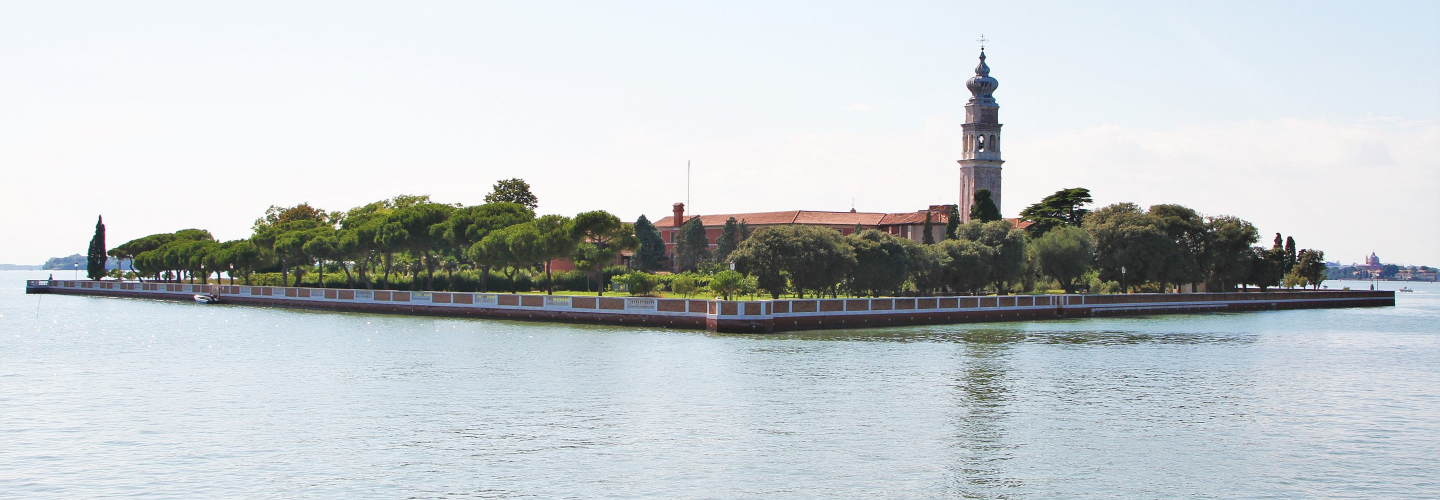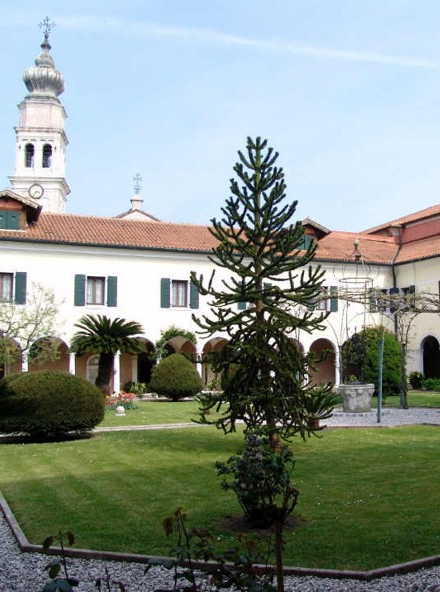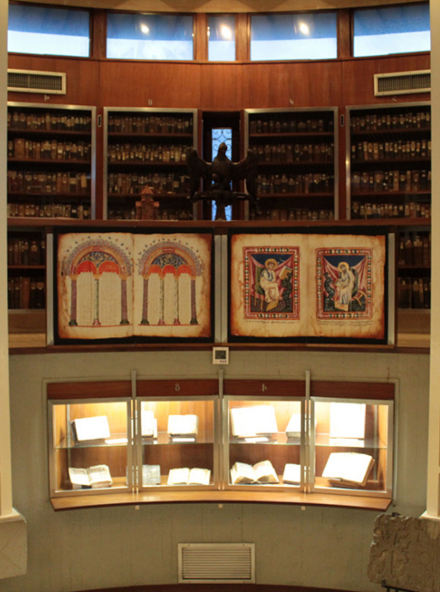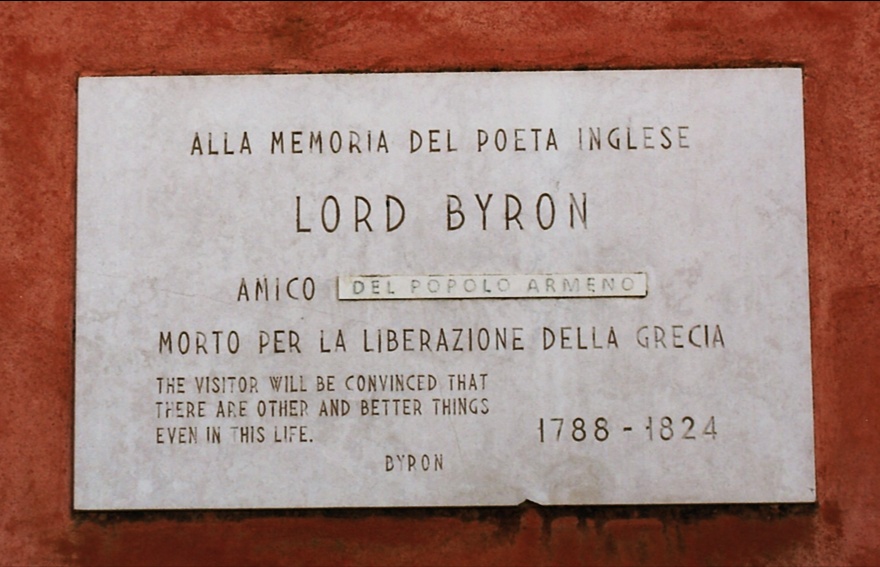San Lazzaro degli Armeni: an island of culture and art in the heart of Venice
Imagine being able to cross centuries of history and thousands of kilometers with a couple of strokes of the oars. Sounds impossible, right? Yet, just a few minutes by vaporetto from St. Mark’s Square, there is a place that defies all space-time logic: the island of San Lazzaro degli Armeni.
This tiny strip of land that emerges from the waters of the lagoon like a mirage, is a suspension bridge between East and West, a crossroads of cultures where time seems to have stopped. But don’t let its apparent tranquillity fool you, because under the surface of this island bubble centuries of history, struggles for cultural survival and above all a passion for knowledge.
History and origins of the island of San Lazzaro
The story of San Lazzaro degli Armeni is a fascinating tale of resilience and rebirth.
In 1717, the island of only 7,000 square meters, at the time abandoned and used as a lazaret during epidemics, was granted by the Republic of Venice to the congregation of the Mechitarists, an Armenian Catholic monastic order, founded by Mechitar da Sebaste, seeking a haven from persecution in the Ottoman Empire.
The Mekhitarist monks, guided by the vision of their founder, transformed what was little more than a desolate rock into a thriving center of Armenian culture and spirituality; with dedication and patience, in fact, they reclaimed the land, built buildings and planted gardens, creating an oasis of peace and knowledge in the heart of the Venetian lagoon.
This act of generosity on the part of the Serenissima saved the Mekhitarist order and gave rise to a cultural bridge between East and West (which lasts to this day!). The island quickly became a reference point for scholars from all over the world, attracted by the richness of its cultural heritage and its atmosphere of quiet contemplation.

The Mekhitarist monastery and its cultural importance
The monastery of San Lazzaro, in addition to being a place of prayer and meditation, is to be considered a real center of cultural excellence. Inside, in fact, visitors can discover treasures of inestimable value that testify to the richness of Armenian civilization and its contribution to world culture.
The library: a treasure trove of knowledge
The beating heart of the monastery is undoubtedly its extraordinary library; with over 170,000 volumes, including rare Armenian manuscripts, illuminated manuscripts and first editions of fundamental works, it is considered one of the most important libraries of oriental studies in the world. Here, scholars and researchers have been able to immerse themselves in centuries of knowledge, exploring texts ranging from theology to philosophy, from history to literature.
The library is still a living place where knowledge continues to grow and spread. Mekhitarist monks, faithful to their educational mission, continue to curate and expand this precious collection, making it accessible to scholars and enthusiasts from all over the world.
The Museum: a journey into Armenian culture
The island’s museum is an open window into the rich history and culture of Armenia (and beyond) that houses an extensive collection of art made up of paintings, sculptures, illuminated manuscripts, and precious artifacts. Each object tells a story, offering visitors an insider’s look at one of the world’s oldest civilizations.
Among the most valuable pieces in the collection are Egyptian mummies, a fine collection of Chinese and Indian porcelain, and a series of Armenian works of art ranging from the Middle Ages to the modern age. The museum is in fact a bridge between cultures, inviting visitors to explore the connections between Armenian civilization and the other great traditions of the world.


The Typography: guardian of the Armenian language and literature
Founded in the eighteenth century, the monastery’s printing press has been instrumental in the preservation and dissemination of the Armenian language and literature. At a time when printing was still a relatively new art, the monks of San Lazzaro understood its importance for the survival of their culture.
Over the years, the printing press did not limit itself to printing religious texts, but dedicated itself to the publication of literary, scientific and historical works in Armenian. This tireless work has thus made it possible to save numerous ancient texts from oblivion and to spread knowledge of the Armenian language and culture throughout the world.
Even today, the typography continues its activity, producing fine editions and contributing to linguistic and literary research.
Lord Byron’s visit
Among the many illustrious visitors who have stayed on the island of San Lazzaro over the centuries, the figure of the famous English poet Lord Byron undoubtedly stands out, attracted – during his stay in Venice in 1816 – by the quiet and cultural richness of the island.
The visit, however, was not temporary: fascinated by the Armenian language and culture, the poet spent several months on the island, dedicating himself to the study of Armenian under the guidance of Mekhitarist monks. This experience left a deep imprint on Byron’s life, and he later translated some of his works of Armenian literature into English.

How to visit San Lazzaro
To visit the island of San Lazzaro degli Armeni you need to take the vaporetto line 20 from San Zaccaria (near St. Mark’s Square). The journey takes about 15 minutes and offers beautiful views of the Venetian lagoon.
You can visit the monastery every day of the week by reservation; the only daily tour leaves at 3:25 pm and lasts about an hour and a half/two. During the visit, the monks accompany visitors through the different areas of the monastery, the library, the museum and the gardens, offering detailed explanations about the history and culture of the island.
If you are lucky enough to stay at Camping Ca’ Savio, our staff will be happy to provide you with all the information you need to organize your visit to San Lazzaro degli Armeni. We can help you with vaporetto schedules, how to book and advice on how to integrate this unique experience into your Venetian itinerary.
Visiting San Lazzaro degli Armeni is more than just an excursion, it is an opportunity to explore a thousand-year-old culture and to reflect on the power of knowledge and cultural preservation!